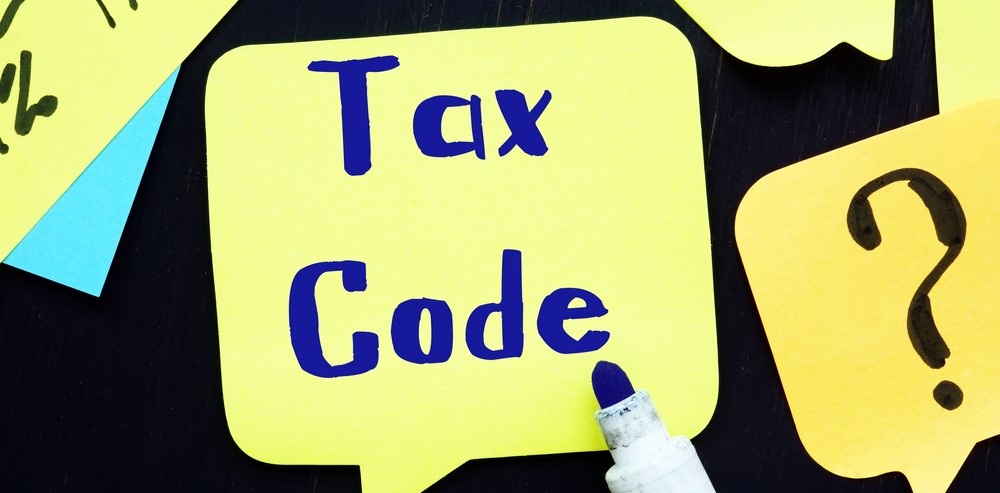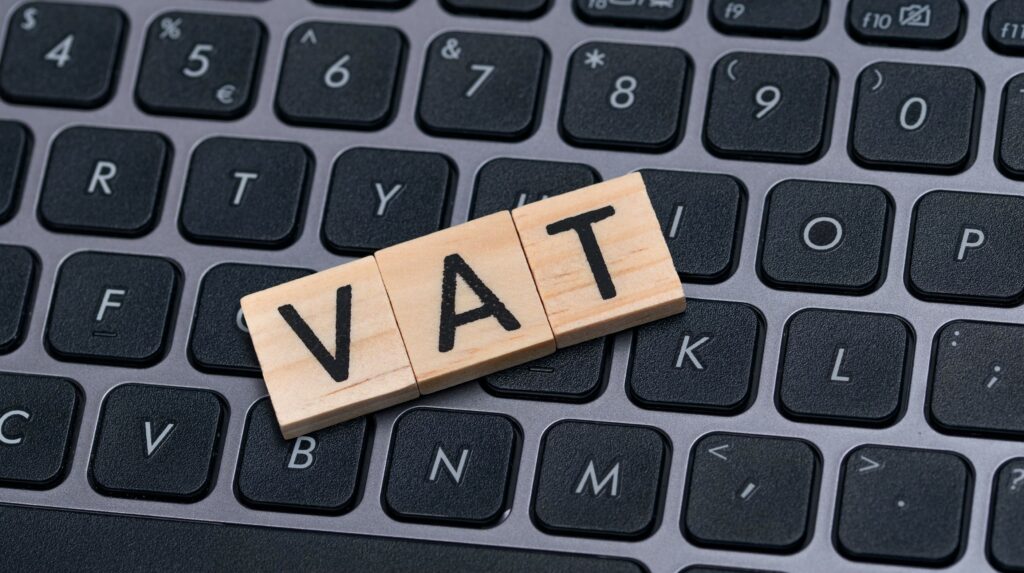Is your monthly wage the best for you and your company?
|
|

A case study based on a Hub member’s dilemma, with some top tips on paying yourself or your employees
Getting started – examining the numbers
These are the figures our Hub member needed to know in order to make a decision:
👉 Current monthly payroll: £732 (£8,784 per year).
👉 Current personal tax threshold: £12,570 per year (£1047.50 per month); anything below this is tax-free.
👉 Current personal NI threshold: £12,570 per year (£1047.50 per month); anything below this is NI-free.
👉 The current employer NI threshold: £9,096 per year (£758 per month); anything below this is NI-free for the employer (i.e. a limited company).
👉 The cost to the employer (i.e. a limited company) on amounts between £758 a month and £1047.50: an average of £39.95 per month (this is the tax payable to HMRC).
Our advice
We gave our Hub member the following two options to consider:
- Increase your pay to at least £758 per month going forward (and do a catch-up on the months you have been paying yourself less than this in the current tax year),
Or…
- Increase your pay to £1047.50 to maximise your personal tax allowance (and do a catch-up on the months you have been paying yourself less than this in the current tax year). The only extra thing you need to do in this case is to pay the employer NI to HMRC (which is a tax-deductible expense for your business).
We advised the Hub member to take full advantage of their personal allowance where possible (so, £1047.50 per month + £39.50 employer NI tax), but to look at the current profit to date for the company to ensure it can afford to pay that amount out each month.
At the very least, we recommended increasing their wages to £758 per month (and doing a catch-up on the months they’d been paying themselves less than this).

Top tips
📣 Before you can pay yourself (if you have a limited company) or an employee (whether you’re a sole trader or a limited company) you must register with HMRC.
📣 You can amend the amounts you pay yourself at any time before running your payroll, depending on your cashflow and/or on how close to the tax year end (5th April 2024) you are.
📣 We recommend you pay yourself/your employees via bank transfer. You might still use cash in your business, but HMRC prefers wages to have an audit trail. If, in the rare and unique event you do still use cash, then you and the employee must both sign a slip of paper that confirms they have received their wages.
📣 If you’re registered as an employer and looking to do your own payroll, or you’d like to understand the payment you make each month to HMRC, take the online course Payroll – all you need to know available here on the Hub (free to members). This course will also be useful if you’re thinking of becoming an employer and want to know more. It covers everything you need to do know about payroll responsibilities and helps you get to grips with understanding PAYE.
📣 Other courses available from the Hub include:
- Thinking of going limited?, covering the crucial aspects you need to consider.
- VAT: An Introduction, including when you need to register for VAT, how to register and what you must do once you’re registered.
- What expenses can my limited company claim? Rest easy knowing you’re acting responsibly as a director, and learn how to be more tax-efficient whilst ensuring the business is financially resilient.
- Dividends – all you need to know, including the pros and cons of taking dividends as opposed to salary, and when it’s illegal to pay out dividends.
Browse the full list of courses here.
By Helen Monaghan
Author of Successful Business Minds, The Magical Mix of Money & Tax, and 12 Steps to Improve Your Cashflow.
ABOUT THE AUTHOR

Helen Monaghan is a Chartered Management Accountant, accredited NLP Practitioner & Finance Coach. Both a psychology graduate and an accountancy graduate, she has authored three business books, which beautifully bring together psychology, finance, and tax to empower the reader about money. Helen is the CEO of HM Finance Coaching & Advisory Ltd, a company that provides financial education and business mindset coaching to small businesses across the UK, in addition to accountancy services for limited companies in Scotland and across the UK. Helen is also the founder of The Financial Resilience Hub – find out how we can support you, and your business, to be financially resilient through our monthly membership.
© Helen Monaghan






Responses